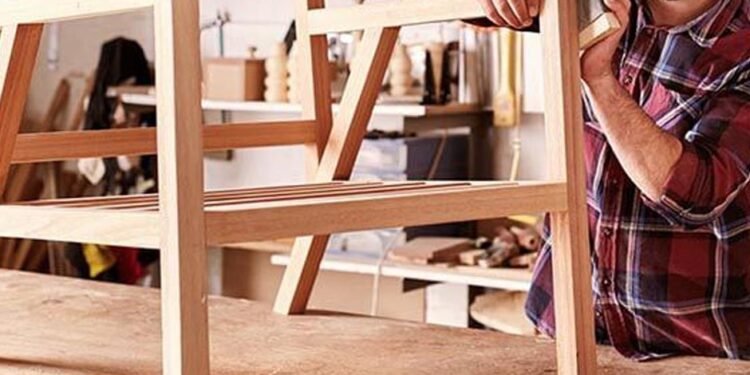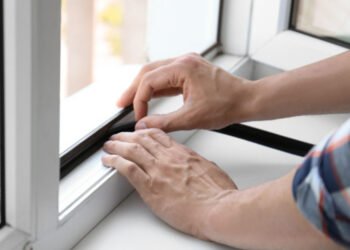Carpentry is a joyful vocation to learn; it is a meditative combination of art and science, that requires concentration and patience to learn well. Whether you are an at-home DIY enthusiast or a budding carpentry careerist, starting your carpentry journey can be daunting – not in the least due to the vast amounts of knowledge about woods and other materials that carpenters must possess. If you’re starting your first ever furniture build or renovation, what are the essentials you need to know about wood, and choosing woods?
Hardwood vs. Softwood
One of the major decisions any carpenter factors into a new furniture project is between hardwood and softwood. Woods are classified as such according to the tree types from which they are grown; deciduous, or seasonal trees that shed leaves each winter, yield hardwood, while gymnosperm trees that keep their leaves year-round yield softwoods. Hardwoods typically exhibit a tighter, solid grain, while softwoods exhibit a looser and straighter grain.
The names ‘hardwood’ and ‘softwood’ can be used to generalise, but it needs to be said that not all woods adhere to their names. Yew, for example is much harder than many deciduous woods despite its categorisation as a softwood!
Whatever wood you choose, knowing how best to work it – and having the right carpentry tools to do so – is important. Below are four of the most common types of wood used in furniture-making, and the various properties that lend them to different projects or outcomes. Understanding these properties can help you make more effective decisions from build to build, as you learn your way around working with wood and achieving your vision.
Oak
Oak is one of the more common hardwoods that get selected for furniture woodworking, on accounts of its hardiness. Oak is a heavy wood, and a strong one that holds up over time. While a relatively difficult wood to ‘work’, it is also a forgiving one, and difficult to ruin with scratches.
Teak
Teak is another hardwood, which is hard-wearing in a different way to oak. Teak is much better suited to external and practical applications on account of its weather and fire resistance, afforded by its naturally high oil content.
Pine
Pine is a softwood, and likely the first wood that you will work with as a beginner carpenter. Pine is extremely easy to work, being light and easy to remove material from. It is also eminently inexpensive, being an abundant and fast-growing wood with numerous applications in its own right. Pine furniture can be hardwearing if treated right, and its flexibility can even be used to the benefit of some unique designs!












